When hiking through tall grass, gardening in your backyard, or simply walking along a forest trail, a sudden snake encounter can be startling and potentially dangerous. While most snakes aren’t aggressive unless provoked, knowing how to safely handle these situations can make all the difference between a harmless wildlife observation and a trip to the emergency room. This article explores the essential tools, techniques, and knowledge needed to navigate unexpected encounters with snakes, whether you’re an outdoor enthusiast, a homeowner in snake-prone areas, or someone who simply wants to be prepared for all possibilities.
Understanding Snake Behavior: Your First Line of Defense
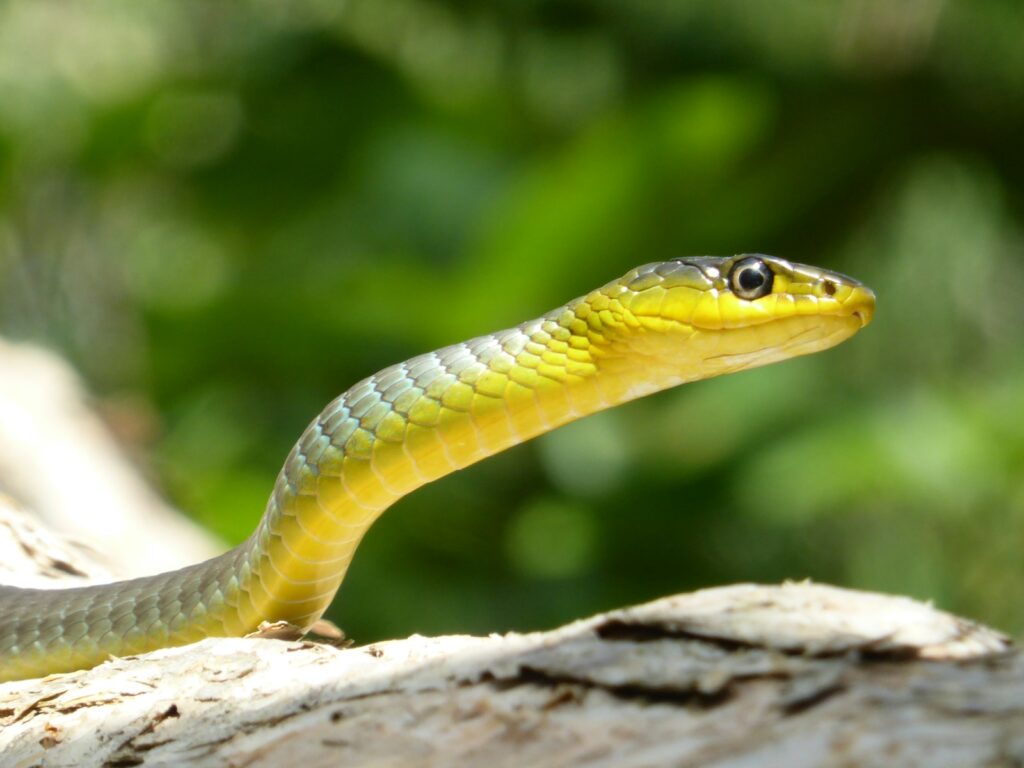
Before discussing physical tools, it’s important to recognize that knowledge itself is your most powerful asset when encountering snakes. Snakes typically don’t chase or attack humans without provocation, preferring to escape rather than confront. Most defensive behaviors, including striking, occur when a snake feels cornered or threatened. Learning to recognize warning signs like rattling, hissing, coiling, or flattening of the head can give you critical seconds to make appropriate decisions. Understanding local snake species in your area, including which are venomous and which are harmless, allows you to assess risk more accurately during an encounter. This baseline knowledge helps you remain calmer during an unexpected meeting, which itself reduces the likelihood of making dangerous movements that might provoke a defensive strike.
Snake Hooks: Professional Handling Tools
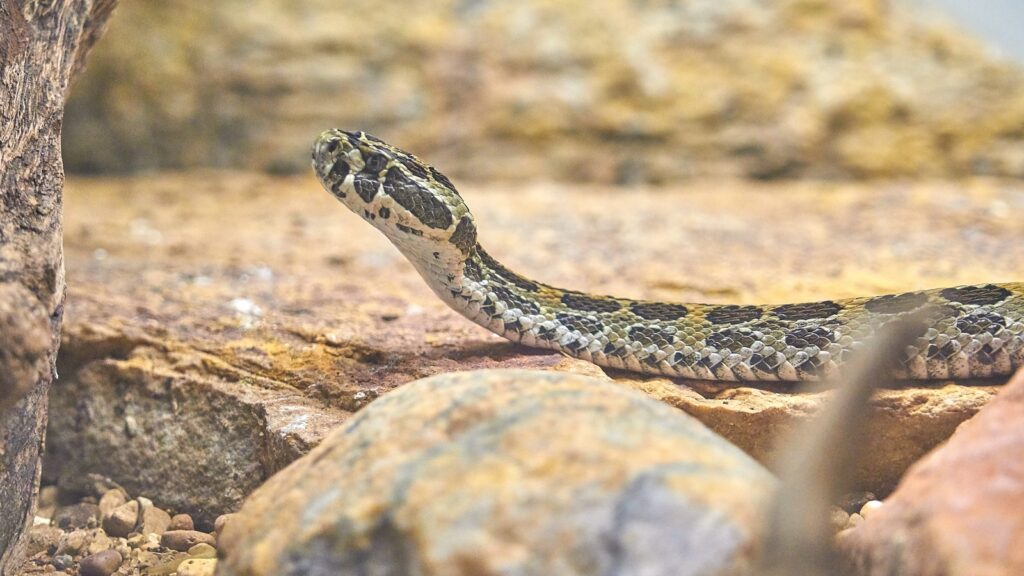
Snake hooks represent the gold standard for professional snake handlers and herpetologists when managing close encounters. These specialized tools consist of a long handle with a curved hook at the end, allowing you to gently manipulate a snake without getting within striking distance. The design enables users to lift snakes safely by supporting their body mid-section, providing control without causing harm to the animal. Standard hooks typically range from 24-48 inches in length, with longer options available for handling more dangerous species. For hikers or outdoor enthusiasts concerned about snake encounters, collapsible or telescoping snake hooks offer portability while still providing essential functionality when needed.
Snake Tongs: Precision Handling at a Distance
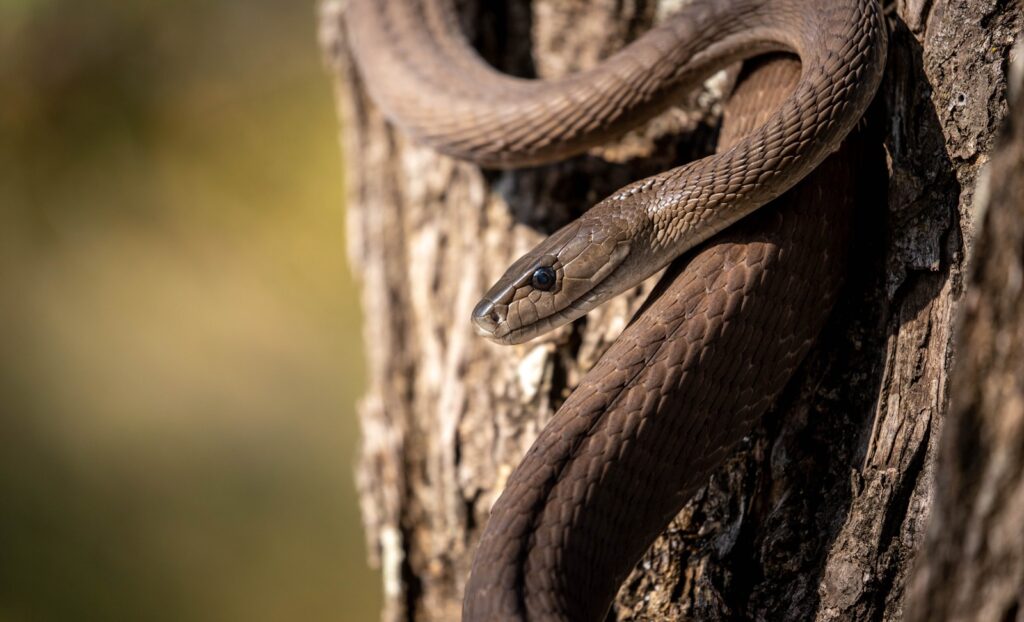
Snake tongs (sometimes called grabbers) provide another option for managing snake encounters with an emphasis on maintaining safe distance. Unlike hooks, tongs feature a gripping mechanism at the end that allows for more precise control when handling venomous species. Professional-grade tongs can extend up to 60 inches and include padded jaws designed to restrain a snake without causing injury to its delicate spine or ribs. When using tongs, proper technique involves grasping the snake gently behind the head or at mid-body, applying only enough pressure to maintain control without crushing. These tools are particularly valuable in situations where a snake needs to be moved from a populated area, though they require practice to use effectively and humanely.
Snake Bags and Containers: Temporary Containment Solutions
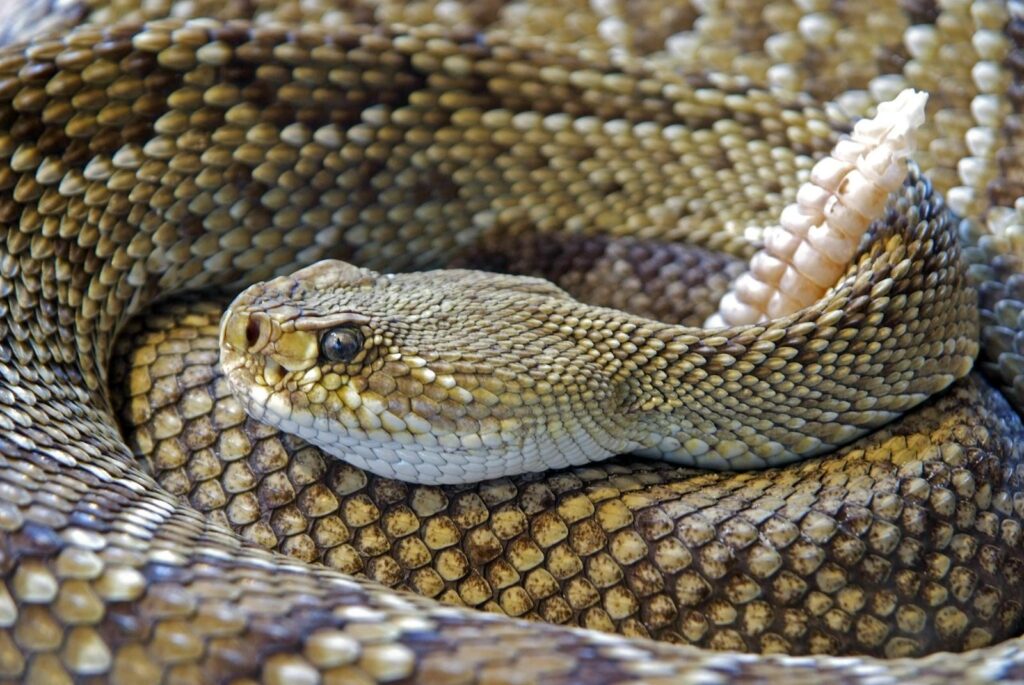
Once a snake has been safely captured using hooks or tongs, proper containment becomes essential for relocating it or seeking professional assistance. Snake bags, typically made from lightweight cloth like pillowcases or specially designed canvas bags, provide adequate ventilation while preventing escape. The standard procedure involves placing the bag on the ground with the opening rolled back, then gently guiding the snake into the container before quickly securing it with a knot or twist-tie. For more permanent containment, specialized snake boxes with secure latches and air holes offer greater security during transport. Many professional wildlife removal services equip their vehicles with dedicated snake containers featuring clear viewing panels for species identification without reopening the container.
Snake Gaiters and Protective Footwear: Prevention Tools

In regions with high snake populations, particularly venomous species, protective legwear provides crucial defense against strikes to the lower extremities. Snake gaiters or leggings are designed to cover the area from ankle to knee—the most common strike zone—with puncture-resistant materials like tightly-woven synthetic fabrics, leather, or specialized composites. High-quality snake boots extend this protection further up the leg and often incorporate waterproof materials for use in swampy environments where water moccasins or cottonmouths may be present. Laboratory testing shows that properly designed snake-proof footwear can prevent fangs from penetrating to the skin, though no protection is 100% guaranteed against all snake species. These preventative tools are particularly valuable for hunters, hikers, and outdoor workers who regularly traverse snake habitat.
Hiking Sticks and Walking Poles: Multipurpose Protection

A simple hiking stick or trekking pole serves as a versatile tool that can help prevent snake encounters before they happen. Using a walking stick to probe tall grass, leaf litter, or trail edges ahead of your steps creates vibrations that alert snakes to your presence, often giving them time to retreat before direct contact occurs. These tools also provide an extended reach for gently moving vegetation aside to check for hidden snakes before stepping through overgrown areas. In the event of an aggressive encounter, a sturdy hiking pole creates critical distance between you and the snake, potentially allowing you to block a strike or gently redirect an approaching snake without harming it. Many experienced hikers in snake country consider a quality walking stick as essential as proper footwear for overall trail safety.
Snake Repellents: Preventative Measures with Limitations
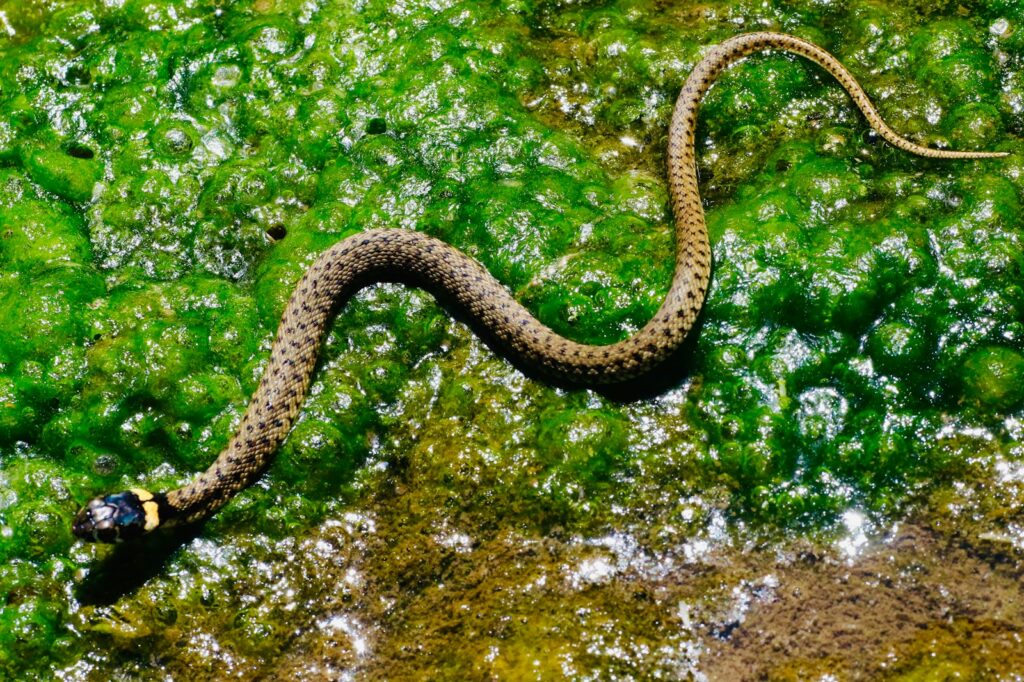
Various commercial snake repellents claim to create barriers or exclusion zones that snakes will avoid, though scientific evidence for their effectiveness remains mixed. Granular repellents typically contain ingredients like sulfur, clove oil, or naphthalene that create odor barriers supposedly unpleasant to snakes’ sensitive chemoreceptors. Electronic repellents work by emitting vibrations through the ground at frequencies designed to disturb snakes’ sensory systems, theoretically encouraging them to move elsewhere. While some homeowners report success with these products in creating snake-free zones around dwellings, herpetologists remain skeptical about their reliability in all situations. The most effective repellent strategy combines multiple approaches, including habitat modification to remove attractants like rodent populations, suitable ground cover, and potential hiding spots.
First Aid Kits: Essential Emergency Response Tools

A properly equipped first aid kit represents a critical tool for snake encounters, particularly in remote areas where medical assistance may be delayed. Specialized snake bite kits should include pressure bandages for immobilizing the affected limb using the pressure-immobilization technique recommended by most toxicologists. Permanent markers for circling the bite area help medical professionals track the spread of venom by noting swelling progression over time. Include a dedicated emergency contact card listing local poison control numbers and nearby medical facilities with antivenom capabilities. Basic wound care supplies for cleaning the bite area and managing symptoms until professional help arrives are also essential components of any snake country first aid preparation.
Communication Devices: Life-Saving Technology
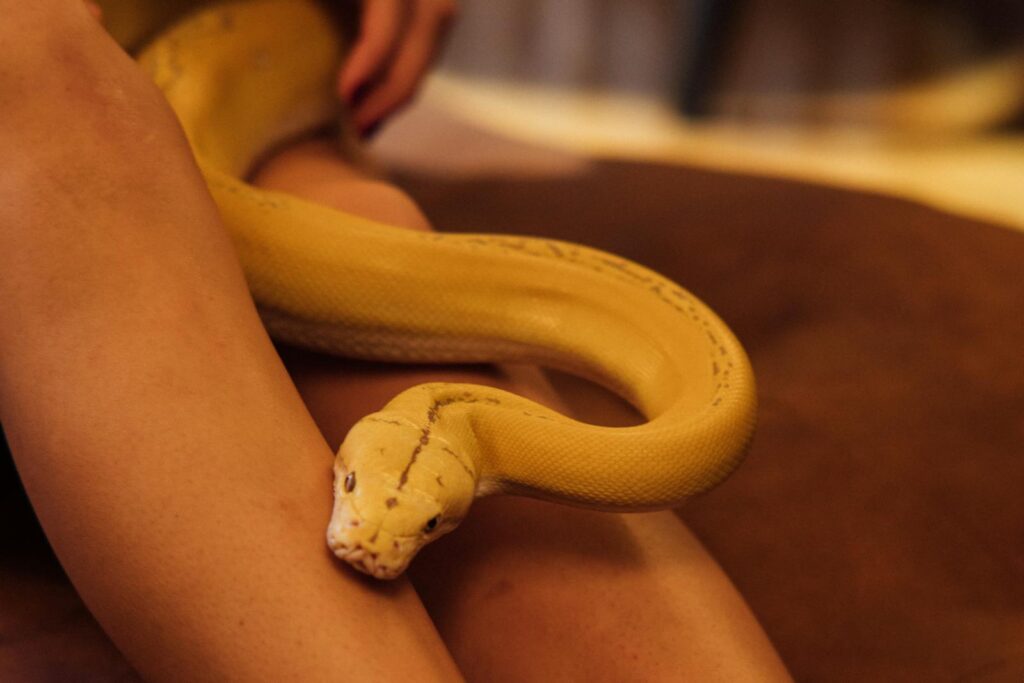
In remote areas where venomous snakes may be present, reliable communication tools become potentially life-saving equipment during emergency situations. Satellite phones or personal locator beacons (PLBs) provide emergency contact options in wilderness areas without cellular coverage, allowing for rapid coordination with rescue services. GPS devices help provide exact coordinates to emergency responders, reducing search time in critical snake bite scenarios where every minute counts. Two-way radios enable communication between hiking partners separated by distance, allowing for warnings about snake sightings or coordination during an emergency response. Modern smartphone apps dedicated to snake identification can help determine species and venom risk factors when medical professionals need this information for treatment decisions.
Tactical Flashlights: Nighttime Visibility Tools

Many snake species are nocturnal or crepuscular, making powerful lighting essential for avoiding unwanted encounters during dawn, dusk, or nighttime activities. High-lumen tactical flashlights with focused beams allow for scanning paths, campsites, or outdoor work areas before proceeding, revealing snakes that might otherwise remain hidden in low light conditions. The reflective quality of snakes’ scales often makes them highly visible under direct light, even at significant distances. Some specialized outdoor flashlights include red or green light settings that provide illumination while minimizing disruption to night vision or wildlife behavior patterns. Headlamps offer the additional advantage of hands-free operation, allowing for simultaneous use of other snake handling tools if an encounter occurs during darkness.
Specialized Cameras and Optical Equipment

For naturalists, wildlife photographers, or those interested in observing snakes safely, optical equipment provides valuable distance observation capabilities. Telephoto camera lenses or quality binoculars allow for detailed viewing and identification of snakes from safe distances, eliminating the need for close approach. Trail cameras with motion sensors can monitor snake activity in specific areas, providing valuable information about species presence and behavioral patterns without personal risk. Thermal imaging devices can be particularly effective for locating snakes during cooler evenings when their body heat contrasts with the surrounding environment. These observation tools transform potentially dangerous close encounters into safe educational opportunities, particularly valuable for families with curious children in snake-inhabited regions.
Training and Educational Resources
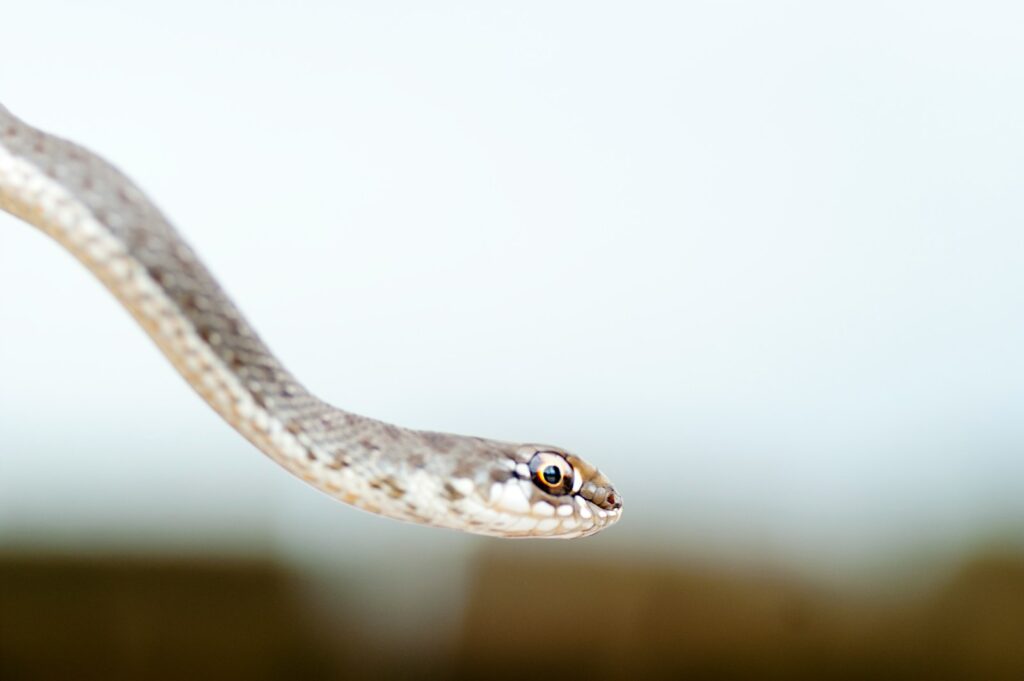
Perhaps the most valuable tools for handling snake encounters aren’t physical items but knowledge and skills acquired through proper training. Wilderness first aid courses specifically covering snake bite protocols provide practical skills for emergency response situations. Many conservation organizations and herpetological societies offer workshops on snake identification, behavior, and safe handling techniques specific to local species. Online resources including video demonstrations of proper hook and tong usage techniques can help develop skills before they’re needed in real-world situations. Regular practice with snake handling tools under controlled conditions builds muscle memory and confidence that proves invaluable during actual encounters when stress levels are elevated.
Community Resources and Professional Services
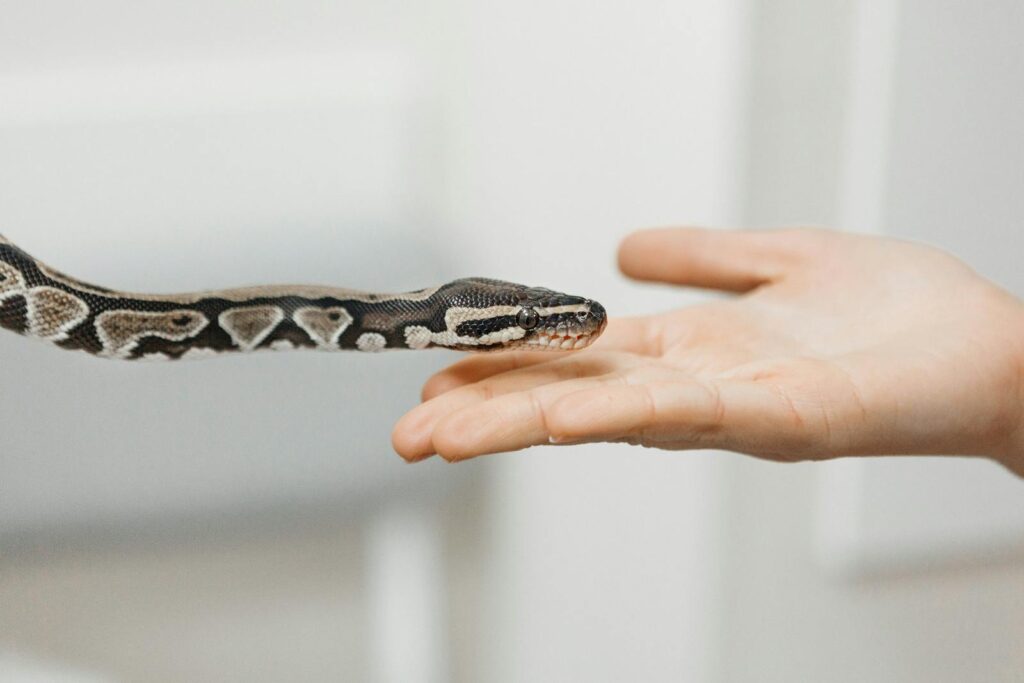
In areas with significant snake populations, community-based resources often represent the most reliable tools for managing unexpected encounters. Local wildlife removal specialists with snake expertise provide rapid response services for removing unwanted snakes from homes, yards, or businesses using professional equipment and techniques. Regional herpetological societies frequently maintain hotlines or contact lists of volunteers willing to assist with non-emergency snake identification or removal situations. Conservation officers and park rangers in snake-prone areas typically receive specialized training in safe handling procedures and can provide assistance or education during encounters on public lands. These human resources complement physical tools by offering experience and judgment developed through hundreds of similar situations.
In conclusion, successfully navigating unexpected snake encounters requires a combination of knowledge, appropriate physical tools, and calm decision-making. While specialized equipment like hooks, tongs, and protective clothing certainly increase safety margins, understanding snake behavior and recognizing the specific species in your area remain foundational skills. Most importantly, approaching any snake encounter with respect for the animal and awareness of proper safety protocols ensures positive outcomes for both humans and these important members of our ecological communities. With proper preparation and the right tools at hand, an unexpected snake sighting can transform from a frightening emergency into a fascinating wildlife observation opportunity.





